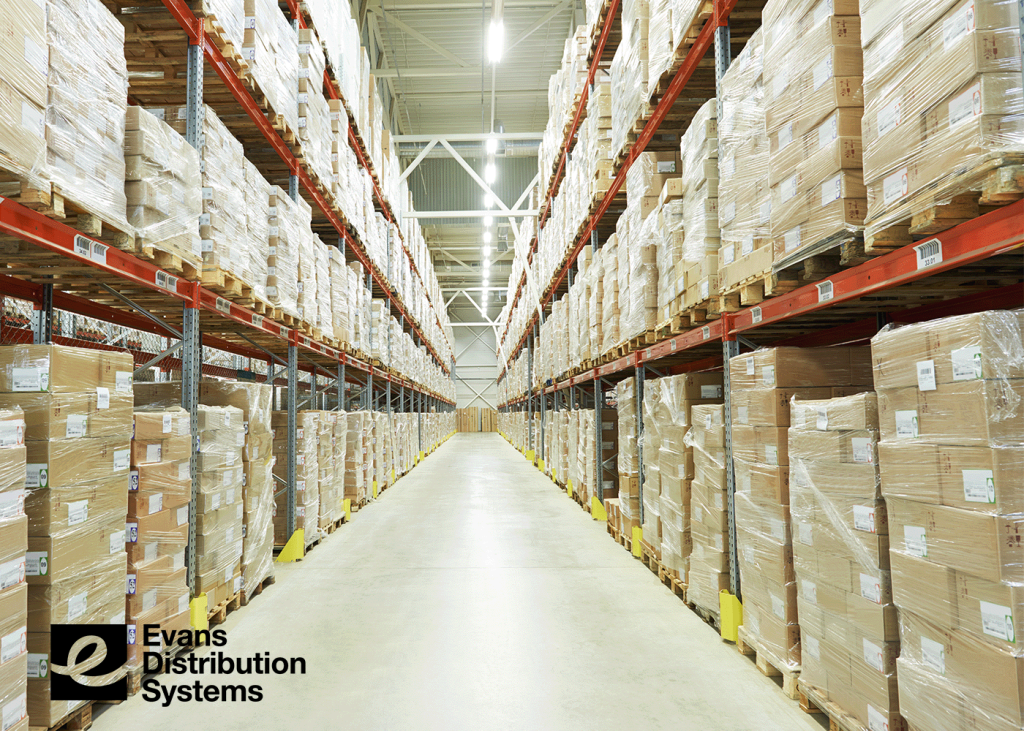Flexible warehousing has become a high demand service due to advancements in technology, increased consumer demands, and market fluctuations. Many companies require a warehousing solution that can adapt quickly to fluctuating demand in a cost-effective way. With rising inflation and interest rates, businesses are exploring alternative options to traditional contract warehousing to reduce the cost of storage. In this blog, we’ll explore the concept of flexible warehousing, its benefits, and how it is reshaping the way businesses manage their inventory and distribution.

What is Flexible Warehousing?
Flexible warehousing refers to offering warehousing storage and services that grow or shrink depending on sales volume. Unlike contract warehousing that is fixed in size and layout, flexible warehousing is designed to accommodate the dynamic needs of businesses. These facilities can scale up or down in response to fluctuating inventory levels, seasonal demands, and changing market conditions.
Benefits of Flexible Warehousing
Scalability: One of the defining features of flexible warehousing is its ability to scale. Businesses can lease additional space or reduce their storage capacity as needed, allowing for efficient space utilization.
Cost Efficiency: It allows businesses to pay only for the space and services they need, eliminating the need for large upfront investments.
Adaptability: Businesses can quickly adjust their warehousing operations to respond to seasonal peaks, product launches, or market fluctuations without committing to long-term leases.
Improved Customer Service: With strategic locations and efficient operations, businesses can meet customer demand with shorter delivery times and reduced shipping costs.
Reduced Risk: By avoiding long-term leases and fixed infrastructure, businesses can reduce the risks associated with unexpected market changes or economic downturns.
Sustainability: Flexibility in warehousing operations leads to better resource utilization and a reduced environmental footprint.
Limitations of Flexible Warehousing
Variable Costs: While a flexible solution can be cost-effective, especially if you have fluctuating storage needs, the costs can vary based on usage. This can make budgeting and forecasting more challenging as your expenses may not be as predictable as with a dedicated facility.
Lead Times: Depending on the availability of space, lead times for securing storage may be longer or less predictable than with a dedicated facility. This can make it difficult if you need quick access to additional storage during peak demand periods.
Technology Infrastructure: A warehousing partner will be more willing to invest in specific technologies needed for a customer when they can spread the cost over a multi-year contract. In a flexible arrangement, which typically deals with short-term contracts, it can be difficult to find a provider willing to invest in the technology that is used by only one customer.
Conclusion
Flexible warehousing provides the ability to adapt to changing circumstances, reduce costs, and enhance efficiency. As the market continues to evolve, we can expect companies to utilize flexible solutions to scale their business while taking on less risk. Whether it is a new business hoping to grow into more space or an established business looking to reduce storage costs, flexible warehousing is a logical option for many companies.
